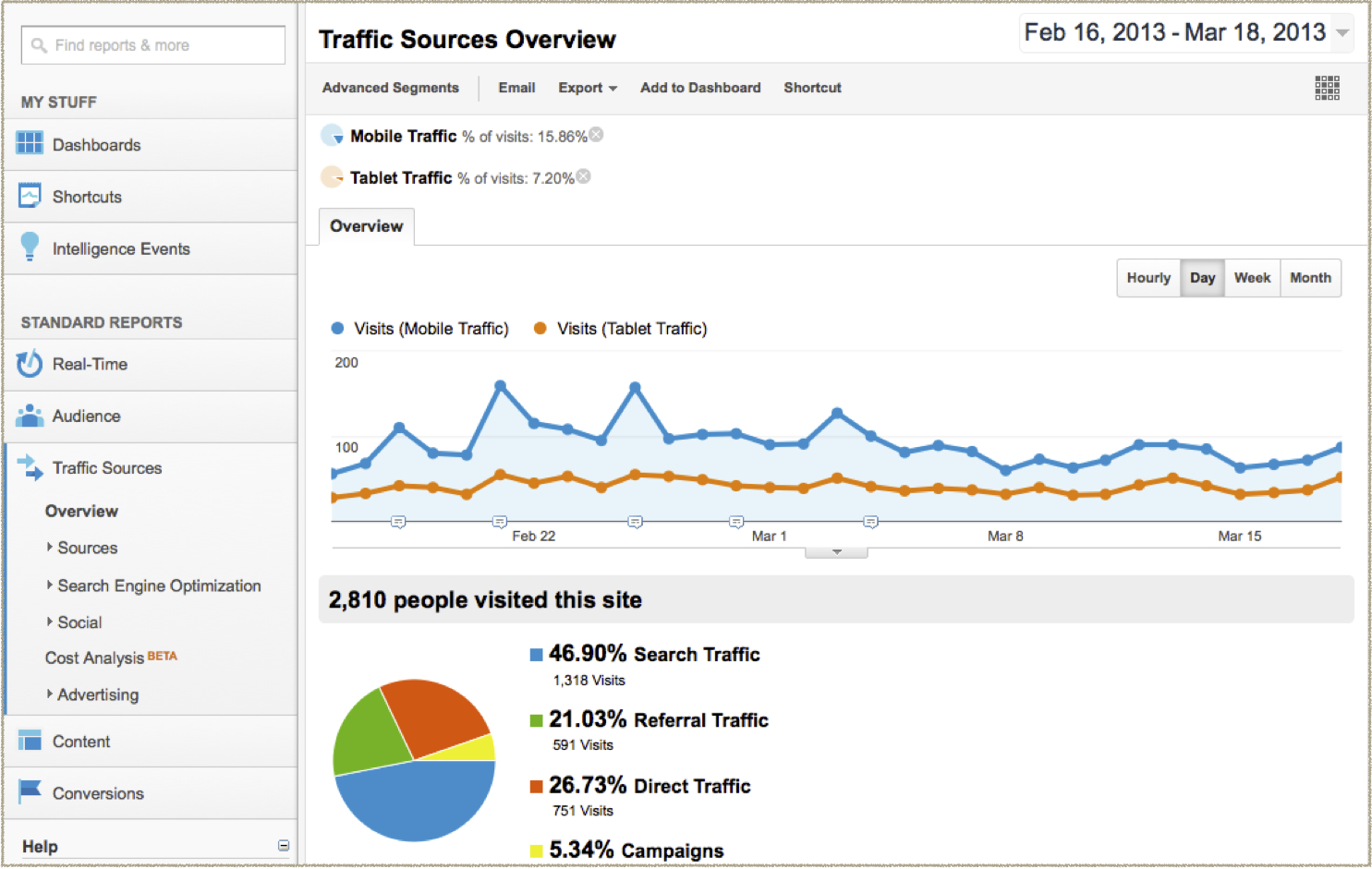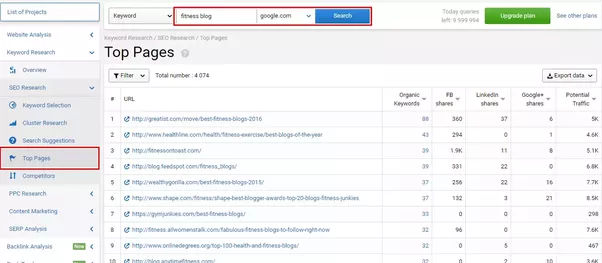Top 5 Ways to Boost Your Site’s SEO with Google Analytics in 2019
.jpg)
Google Analytics is great. When you focus on Google as the primary search engine to work with, it can provide you enormous amount of SEO and marketing insights that can help you gain great grounds. These Google Analytics technical insights can help you discover all the opportunities that might exist to optimize the overall performance of your site.
This will provide you vast amounts of knowledge including engagement metrics insights and also conversion metrics. When done right, you will get much more than you hoped for at the start. Here are the top 5 actionable insights that you can expect from Google Analytics and improve your SEO as a result of that knowledge:
1: Custom Segments
Providing sufficient insight into traffic by channel, demographic data and also visitors who completed goals and became actual leads with much more, Custom Segments have been one of the top features in Google Analytics for quite a while now. You can create custom segments from any aspect of your data including visits to specific pages on the site, time spent on site, visitors from a specific location and/or visitors completing goals.
These segments can provide you the all-important knowledge about users on the site and the way they engage with it. The audience tab of Google Analytics is certainly one of the most important insightful areas to look into when determining additional segments to create.
The overview through navigating Audience>Interests>Overview will show a high level look at three interest reports:
- Affinity Categories
- In-Market Segments
- Other Categories
When configured correctly, these custom segments can provide the all-important SEO success using Google Analytics. Navigating to the Demographics under Audience tab, you can also view Age and Gender data. However, the thing to check here is that you pay extra attention to your Custom Segments without neglecting them at all if you need your SEO to be direct and targeted.
.png)
2: Serious Mobile Traffic Monitoring
2018 was the year mobile searches went past desktop searches. There is a good reason for that. People are just more inclined to use their mobile devices to search for something they need. With mobile search platform improving the way it has in the past few years, it was only a matter of time before most of the world went with mobile searches.
When you have so much potential on a single platform, it becomes necessary to monitor and promote your searches on it in order to get maximum out of it. It is also greatly important to monitor engagement levels of mobile visitors additional to simply monitoring traffic to your website as a whole.
Try doing these to assess this:
- Add a mobile segment to your site and view the number of mobile conversions for all individual pages. This should give you a better insight into which pages are working best.
- Mobile bounce rate is pretty significant in SEO as well, make sure to monitor it. You should look for pages with highest bounce rates. With this knowledge, you can iron out any potential issues in any of your individual pages.
- Compare mobile and desktop bounce rate metrics for better results. When you do this, you will get a better idea about the differences between mobile and desktop experiences for users.

3: Focus On Site Search
Does your website has a search bar on it? If it does, you have a beautiful opportunity allowing you to observe what visitors and users might be looking for when they land on your website and its different pages. Along with what people are searching, you can also get data for how many people are searching and then compare this with the actual number of people landing on your site.
Good signals can be generated from this data. When a large percentage of visitors are using the search bar, there may be a navigation issue that is hindering them to find what they are looking for without using the search bar. If you have a large commerce or business site, this search might be the main thing customers or visitors might be using. Otherwise, your website should be internally linked and designed in a way that it should be easier for visitors to find tabs and locations without having to use the search bar all the time.
You can also get a better idea with the actual search term visitors might be using in your search bar. This can provide insight for new content ideas. If a significant percentage of their searched query comes up empty answers, you need to rethink your content on the website. This can significantly improve your SEO chances as people will stay on your site for longer periods of time when they actually find what they are looking for.
You can also get signs about which content you need to highlight on your pages from what people have been searching in the search bar. It is a big win for everyone. Search bars should be on almost all websites.

4: Use Your Bounce Rates as Successful Pointers
Bounce rate is the percentage of visitors that only stay on your website for a short period of time and usually leave from the first page they land on. Bounce rate can be different for different types of websites and pages. A kitchen cooking website for example will have most people leaving from one page but actually spending quite a bit of time on that one page before they leave. If you website is not of that kind where people might leave from one page, it can indicate the fact that visitors may not be finding what they were intending to find.
If you are ranking for a long-tail term, users can get to your website and not actually find precisely what they were looking for. This can make them leave quickly and contribute to a high bounce rate for your website. Your website design, poor UX/UI and lack of intuitive information can all contribute to this.
You should adjust the time frame in Google Analytics and always assess your bounce rate frequently to know it has improved or gotten worse. Bounce rate is a major contributing factor for search engines and can improve your SEO chances greatly when you have sorted it out. Any changes you can make to have people staying on your website for longer periods of time and going into your pages deep can help you improve your SEO in the long run.

5: Identify Top Performing Pages By conversions
Another significant factor that can help you boost your site’s SEO is identifying top performing pages with respect to their conversion rates. So you are looking for pages that actually convert visitors into actual buying leads and customers. This can a very helping insight that can help you drag other non-performing pages along as well.
Navigate to Behavior>Site Content>Landing Pages and adjust their time periods to compare quarter-over-quarter or even year-over-year results. Any negative trends can be identified through this practice and if a particular page goes through a significant decline, any issue can be isolated to that page only and not the whole website.
However, this can also identify bigger problems on your site. If you have decline in many of your pages, there might be a widespread technical issue persistent on the website.

Final Thoughts
Google Analytics is great. It provides you many opportunities that you can tap into when improving your website’s Search Engine Ranking.
This is a tool provided by Google themselves and provides proper insights into how your website is supposed to be in order for it to be ranked higher. Make use of this to determine any problems and make your website an SEO champion in 2019.
 :
:  :
:  :
:  :
:  :
: 





 ! +92-333-6553048
! +92-333-6553048
 USA
USA UK
UK CA
CA UAE
UAE

Hi
Thanks for sharing with us such a nice article and i think it would be a help ma a lot so keep posting.